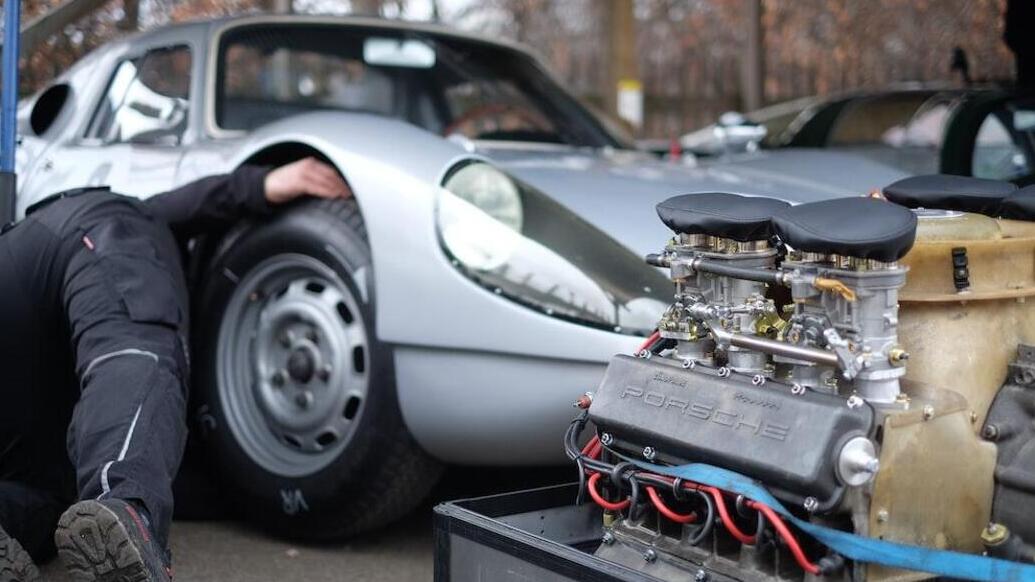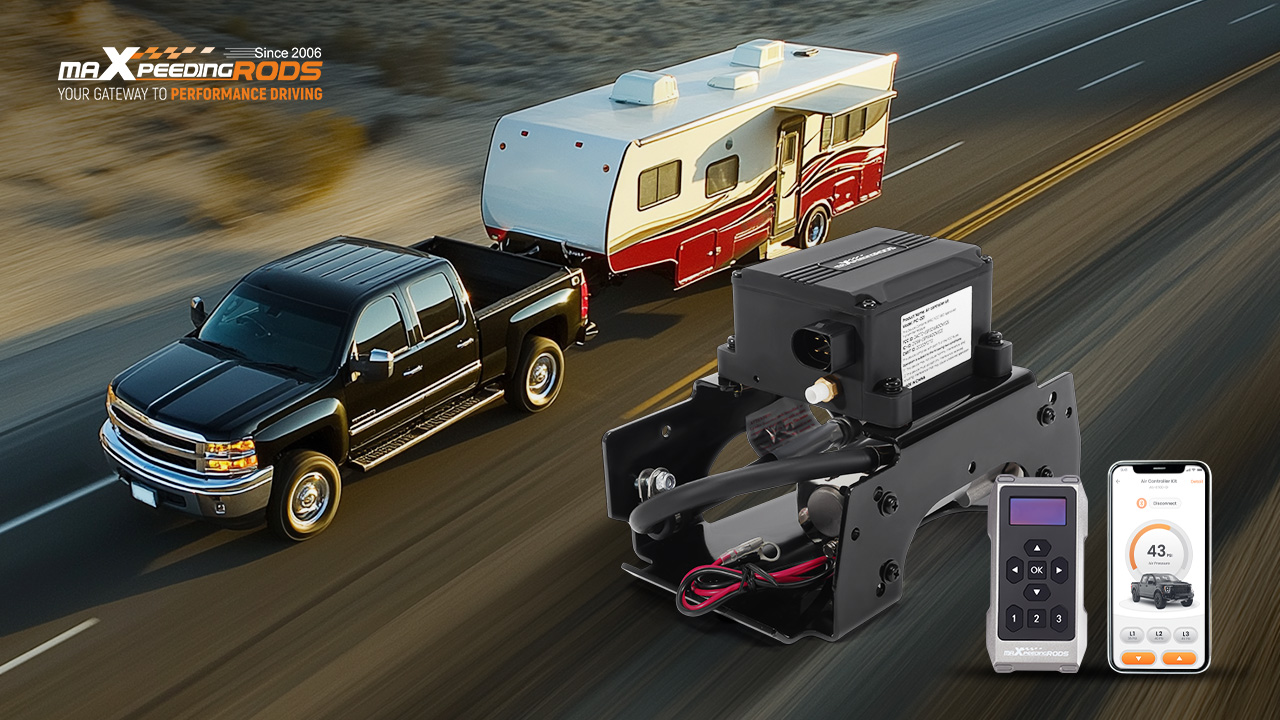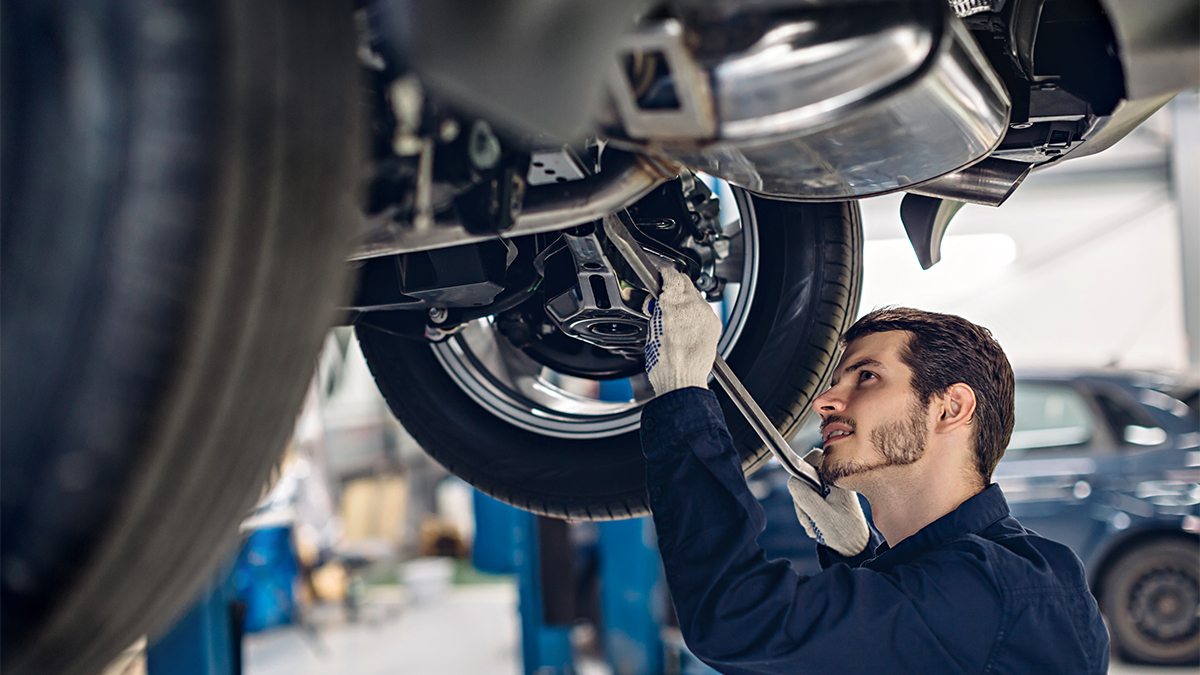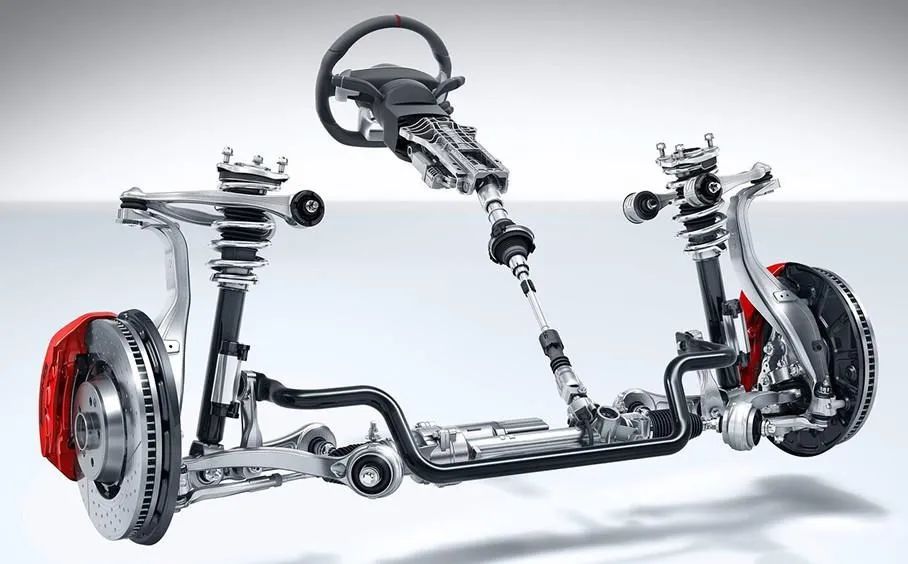Most car owners aspiring to become high-performance enthusiasts usually begin their transition with limited knowledge about engines, suspension systems, and other essential aspects of vehicle performance optimization.If you’re one of these drivers, you can change this with a car language crash course.
So, buckle up as we share the most essential vehicle mechanics and terminologies. Regardless of your driving experience or expertise, our insights will help you better understand what’s happening under your hood and make more informed performance-enhancement decisions when purchasing cutting-edge auto parts from MaXpeedingRods.
10 Essential Vehicle Terminologies for Aspiring Performance Driving Enthusiasts
If you own a car, you’re most likely aware of everyday terms like “horsepower,” “suspension,” “transmission,” and “fuel efficiency.” Although these are all essential vehicle terminologies, they’re a step down from what we’re diving into today.
We aim to focus on the building blocks of performance enhancement for drivers who crave more than just the ordinary. So, here are 10 essential vehicle mechanics and terminologies every aspiring performance driving enthusiast should know about:
1.Turbocharger
A turbocharger is a force multiplier for internal combustion engines. It’s an exhaust-driven induction device designed to increase an engine’s efficiency and power output. By compressing incoming air, it allows the engine to burn more fuel, resulting in heightened performance and increased horsepower.
2.Suspension Tuning
Suspension tuning is a precision
oriented practice employed to optimize a vehicle’s dynamic behavior and ride quality. By adjusting various suspension components, such as springs, dampers, and anti-roll bars, the goal is to achieve an ideal balance between handling and comfort. This complex process significantly impacts a vehicle’s cornering ability, responsiveness, and overall dynamic performance.
3.Camshaft Timing
Camshaft timing is a critical aspect of engine management. It dictates the precise moments when an engine’s intake and exhaust valves open and close. This systematic control influences the engine’s efficiency, enhancing power output and fuel efficiency. Additionally, proper camshaft timing ensures optimal combustion, contributing to improved overall engine performance.
4.Forced Induction
Forced induction is an advanced method of enhancing an engine’s performance by increasing the air pressure supplied for combustion. The process is achieved through mechanisms like superchargers or turbochargers and significantly boosts engine power without resorting to a larger engine displacement. For performance enthusiasts seeking an efficient and cost-effective means to elevate power output, forced induction is a strategic solution.
5.Limited Slip Differential (LSD)
The Limited Slip Differential (LSD) is a precision-engineered component crucial for optimizing traction and stability during acceleration. Unlike an open differential, an LSD limits the speed difference between two drive wheels, ensuring a more even distribution of power. This technology is particularly essential for performance driving scenarios where maintaining traction and stability, especially during rapid acceleration on high-speed tracks.
6.ECU Remapping
ECU remapping, or engine tuning, involves reprogramming the Engine Control Unit (ECU) to optimize a vehicle’s performance. This process fine-tunes parameters such as fuel injection, ignition timing, and other engine functions. The objective is to unleash hidden power within the engine, leading to improved overall performance.
7.Downforce
Downforce is a critical aerodynamic force that plays a crucial role in enhancing a vehicle’s stability at high speeds. Achieved through the careful design of aerodynamic elements, downforce presses the vehicle toward the ground, increasing tire grip and minimizing lift. For those engaging in high-speed racing or track activities, effective downforce management ensures both safety and optimal performance.
8.Coilovers
Coilovers, short for coil-over-shock units, are a complex suspension system that integrates a coil spring and shock absorber into a single unit. This design enables precise control over ride height and damping characteristics. Simply put, they provide a versatile solution for automotive enthusiasts seeking a customizable balance between ride comfort and high-performance handling.
9.Camber Adjustment
Camber adjustment is a precise method of altering the angle of a vehicle’s wheels relative to the vertical axis. It impacts tire contact with the road surface, directly influencing cornering grip and handling characteristics. Precision in camber adjustment is crucial for enthusiasts and professionals alike, allowing them to optimize vehicle dynamics based on specific driving requirements and preferences.
10.Bore and Stroke
Finally, bore and stroke dimensions are critical specifications defining the internal geometry of an engine’s cylinders. Bore refers to the diameter of the cylinder, while stroke denotes the distance the piston travels inside the cylinder. These dimensions influence engine performance characteristics, including power delivery, torque, and overall efficiency. Understanding bore and stroke specifications is essential for selecting the appropriate engine components to align with specific driving preferences and performance goals.
Conclusion
MaXpeedingRods is not just your go-to for top-notch high-performance auto parts. We also strive to educate aspiring performance driving enthusiasts by providing accurate and relevant information on essential vehicle terminologies, tuning techniques, and other aspects of enhancement.
Equipped with our expert insights, you can make more informed purchase decisions to elevate your driving experience and transform your ride into a high-performance beast.









